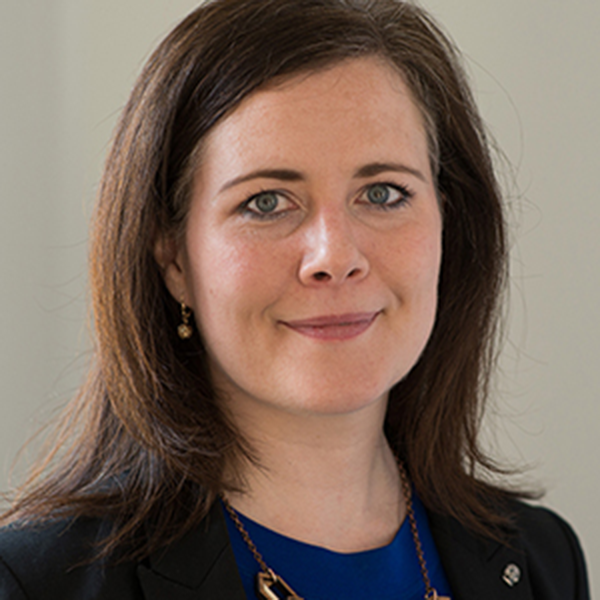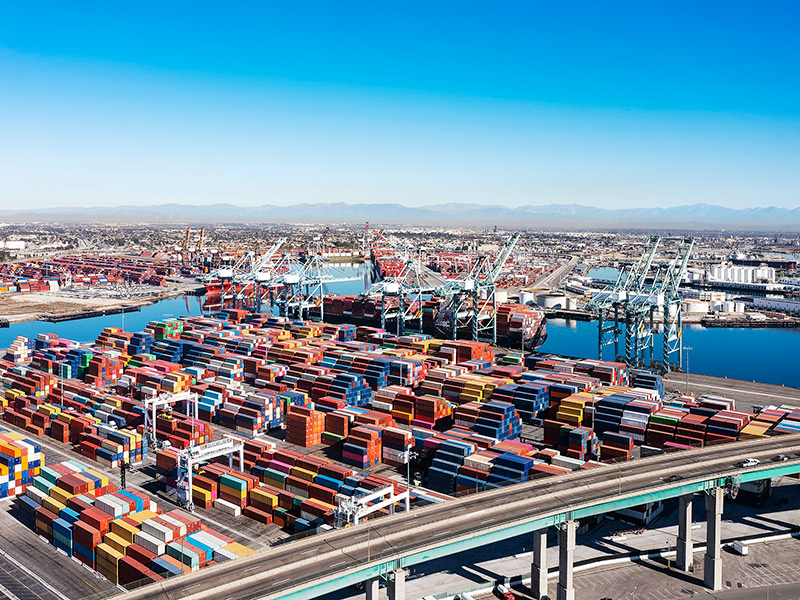
We know that “rapid and far-reaching” transitions are needed across our global economy and societies to limit the worst impacts of the climate crisis. The fashion industry—which is linked to environmental degradation along the entire value chain—is no exception. Momentum is building to reshape the industry around the principles of a circular economy, to design out of waste and pollution, regenerate natural systems, and keep products and materials in use.
Shifts toward circularity are plentiful as many big fashion players embrace repair, reuse, and recycling practices. Simultaneously, consumer interest in new models of ownership continues to rise: despite COVID-19’s harsh impacts on the industry, the online resale platform ThredUp grew by 20 percent in 2020, and in India, Flyrobe’s rental platform has gained substantial ground in recent years.
As the industry contemplates the rapid and far-reaching changes, it cannot ignore the human side of a transition this major.
Fashion is a people-powered business, serving billions of customers daily and employing millions of workers. Estimates suggest that from growing cotton to garment construction, one in eight workers globally participates along the industry value chain. If we include informal employment, those estimates may climb even higher. Many highly populated emerging economies, especially in Asia, rely upon the industry for economic and employment growth, where in many places it has boosted female labor market participation.
All of this provokes a serious but overlooked question: how will circular fashion, at scale, impact job opportunities and quality? Keeping Workers in the Loop (KWIL) is a collaboration of industry leaders and stakeholders exploring this very question. Supported by Laudes Foundation and Sida, and in partnership with BSR’s Sustainable Futures Lab, CMS, and economists from the University of Lincoln, we are taking a futures approach to exploring the nexus of circular fashion and jobs in the decade ahead.
To truly understand circular fashion’s potential job impacts and to identify how this transition can be fair, just, and inclusive, we are collaborating with diverse and representative organizations across the global fashion system, including industry partners such as H&M Group, Shahi Exports, The Renewal Workshop, and VF Corporation.
Together, we seek answers to the following questions:
1. How many jobs may be gained, and lost? Where, and by which groups?
Our initial research envisages wide-ranging job impacts that may arise from this transition. In the next decade, scaling rental, resale, repair, and on-demand production, coupled with rising automation, will likely significantly reduce job opportunities for workers in production communities, an estimated 80 percent of whom are female.
Jobs in the Global North will be also impacted—increasing rental, resale, and e-commerce should increase roles in logistics, software, and quality assurance. Conversely, we could expect a decline in traditional retail jobs, a sector that employs 9.8 million people in the U.S., mostly women and people of color.
COVID-19 has already highlighted the vulnerability of workers all along the global fashion supply chain to disruptions. Over the coming months, KWIL will use economic modeling to estimate the potential scale of job opportunity impacts linked to the anticipated growth of circular fashion.
2. What is the quality of more circular roles? Are workers being equipped with skills and training for the future of fashion?
Transforming the fashion industry in line with circularity principles will require major investment and a system redesign. At BSR, we see the momentum as a crucial opportunity to address the persistent and pervasive concerns around workers’ rights and wellbeing in the global fashion system.
Furthermore, we must ensure that newly created jobs are good and safe, though this won’t happen without intentional planning. For example, mainstreaming circular fashion will see significant growth of jobs in the collection, sorting, and recycling of garments—roles that are historically informal, dangerous, and offer low protection, particularly in the Global South. Mostly vulnerable populations rely on these jobs; in India, for example, the majority of waste-picking activities remain a job mainly done by lower castes.
Through worker interviews in India—right along the value chain—and surveys of employees in roles that are changing due to circularity, we aim to surface the challenges and opportunities that the industry must integrate in its circular growth.
3. What actions to improve workers' rights and livelihoods could prove most impactful as the industry evolves?
KWIL aims to bring foresight to the strategies and policies under development in the circular fashion transition by exploring the job impacts of this shift alongside the critical uncertainties that participants have identified as shaping the future of the fashion industry: the disruption from automation and technology advances, the degree of effectiveness of environmental action, the strength and inclusiveness of labor policies, and shifting production and consumption geographies by 2030.
The circular transition is an opportunity to reimagine and rebuild the global fashion system—let’s make it one works for people and for nature.
Join Us
We are currently developing KWIL’s 2030 Future of Fashion scenarios, which we will publish in May. If you’re a fashion brand, textile manufacturer, or worker representative interested in getting involved to shape the scenarios or exploring their implications, please contact the team to join the conversation.
BSR’s latest sustainability insights and events straight to your inbox.
Topics
Let’s talk about how BSR can help you to transform your business and achieve your sustainability goals.









